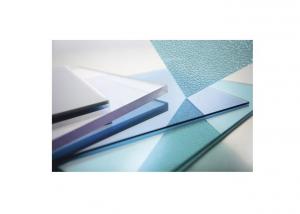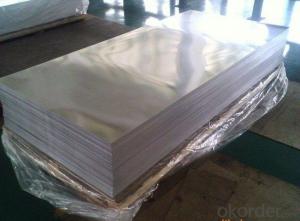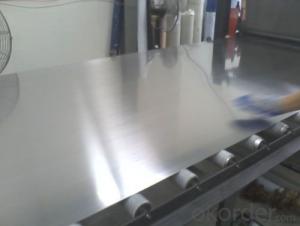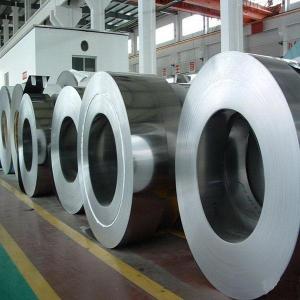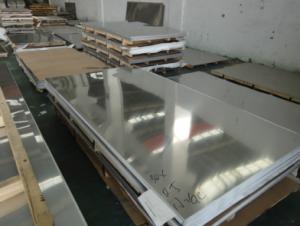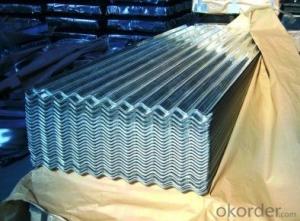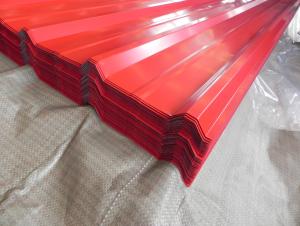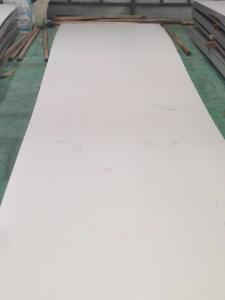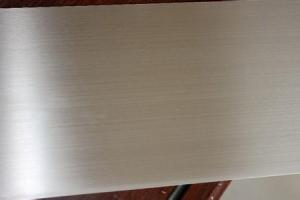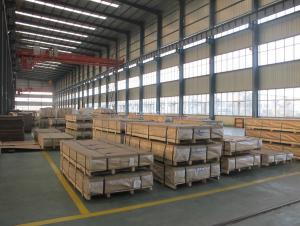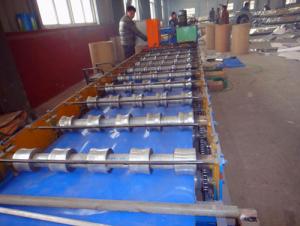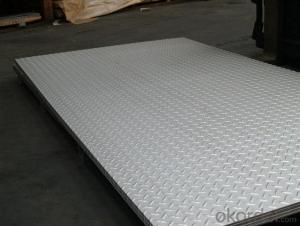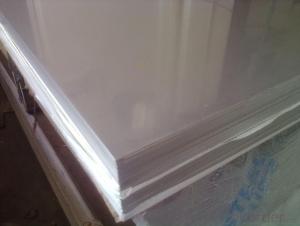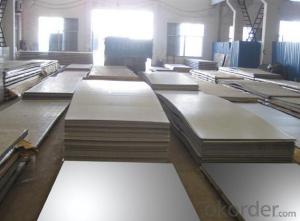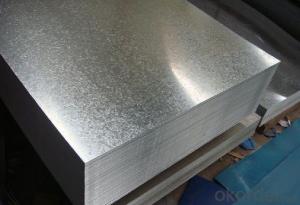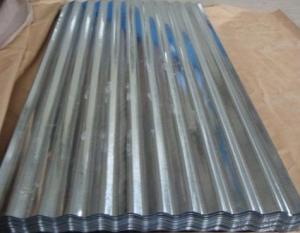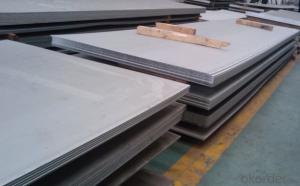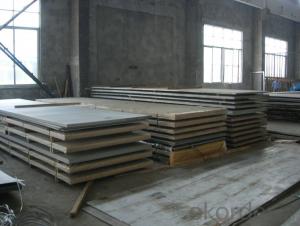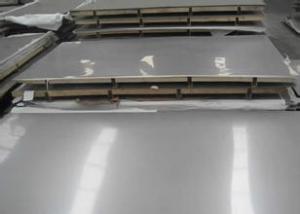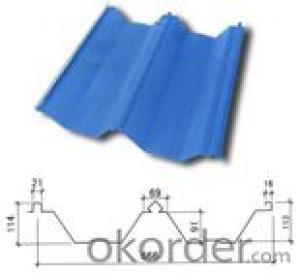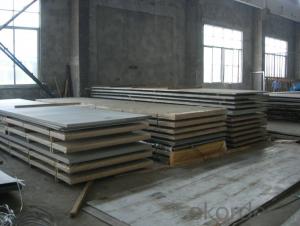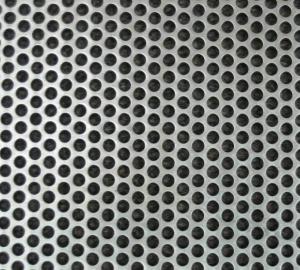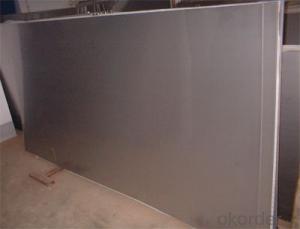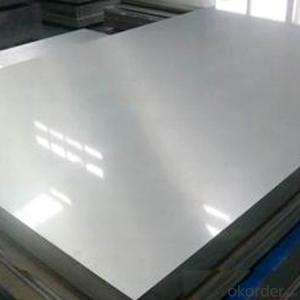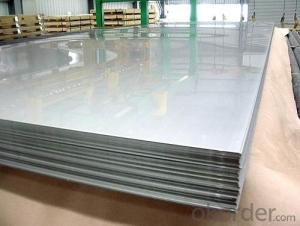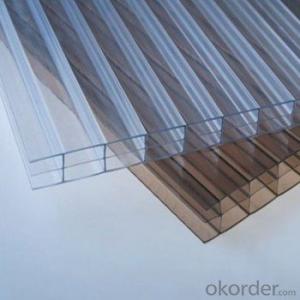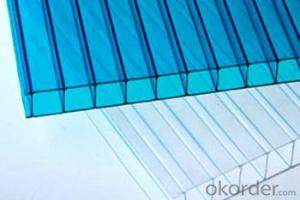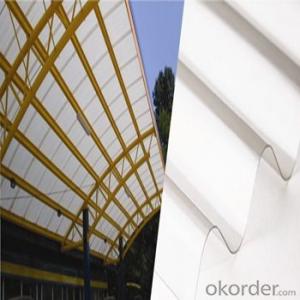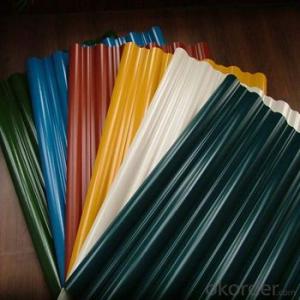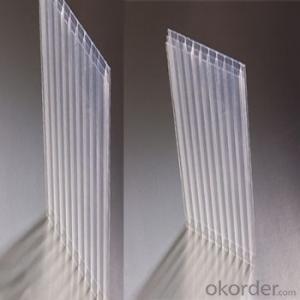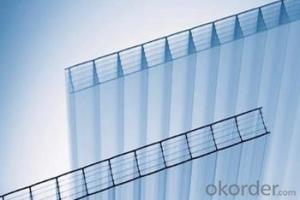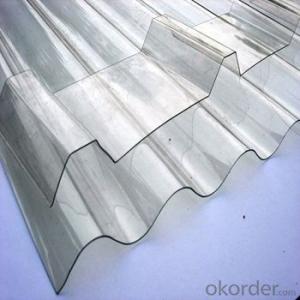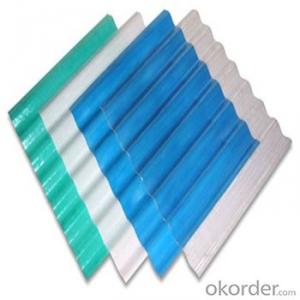Black Stainless Steel Sheet
Black Stainless Steel Sheet Related Searches
Sheet Of Stainless Steel Thin Stainless Steel Sheets Black Stainless Steel Stainless Steel Black Stainless Steel Sheeting Thin Sheet Stainless Steel Black Stainless Steel Chain Black Anodised Aluminium Sheet 1 8 Stainless Steel Sheet Steel Mesh Sheet Black Stainless Steel Kitchen Stainless Steel Sheet Metal Fabrication 316 Stainless Steel Sheet Stainless Steel Sheet Near Me Stainless Steel Sheet Price Stainless Steel Sheets Price Stainless Steel Sheetmetal Blacken Stainless Steel Stainless Steel Sheets For Sale Blackened Stainless Steel 1/8 Stainless Steel Sheet Black Stainless Steel Paint 4 X 8 Sheet Of Stainless Steel Stainless Steel 4x8 Sheet 4x8 Stainless Steel Sheet Samsung Black Stainless Steel Stainless Steel Desk Black Stainless Steel Range Stainless Steel Sheet Prices 16g Stainless Steel SheetBlack Stainless Steel Sheet Supplier & Manufacturer from China
Black Stainless Steel Sheet is a type of stainless steel material that has been coated with a black finish, providing it with a sleek and modern appearance. This product is known for its durability, corrosion resistance, and aesthetic appeal, making it a popular choice for various applications. It is widely used in industries such as construction, automotive, and home appliances, where a combination of strength and style is required. The black finish not only enhances the visual appeal but also offers additional protection against environmental factors, ensuring the longevity of the product.Black Stainless Steel Sheet is utilized in a variety of usage scenarios, such as in the manufacturing of kitchen appliances, architectural facades, and automotive components. Its unique finish allows for a more contemporary look compared to traditional stainless steel, making it a preferred choice for designers and architects who seek to create a distinct visual impact. The material's resistance to corrosion and staining also makes it suitable for outdoor applications, where it can withstand harsh weather conditions without losing its appearance or structural integrity.
Okorder.com is a leading wholesale supplier of Black Stainless Steel Sheet, boasting a large inventory to cater to the diverse needs of customers. With a commitment to quality and customer satisfaction, Okorder.com ensures that the Black Stainless Steel Sheet it provides meets the highest industry standards. The company's extensive range of products allows customers to find the perfect solution for their specific requirements, whether it's for a residential or commercial project. By partnering with Okorder.com, customers can benefit from competitive pricing, fast shipping, and exceptional customer service, making it a reliable choice for sourcing Black Stainless Steel Sheet.
Hot Products
